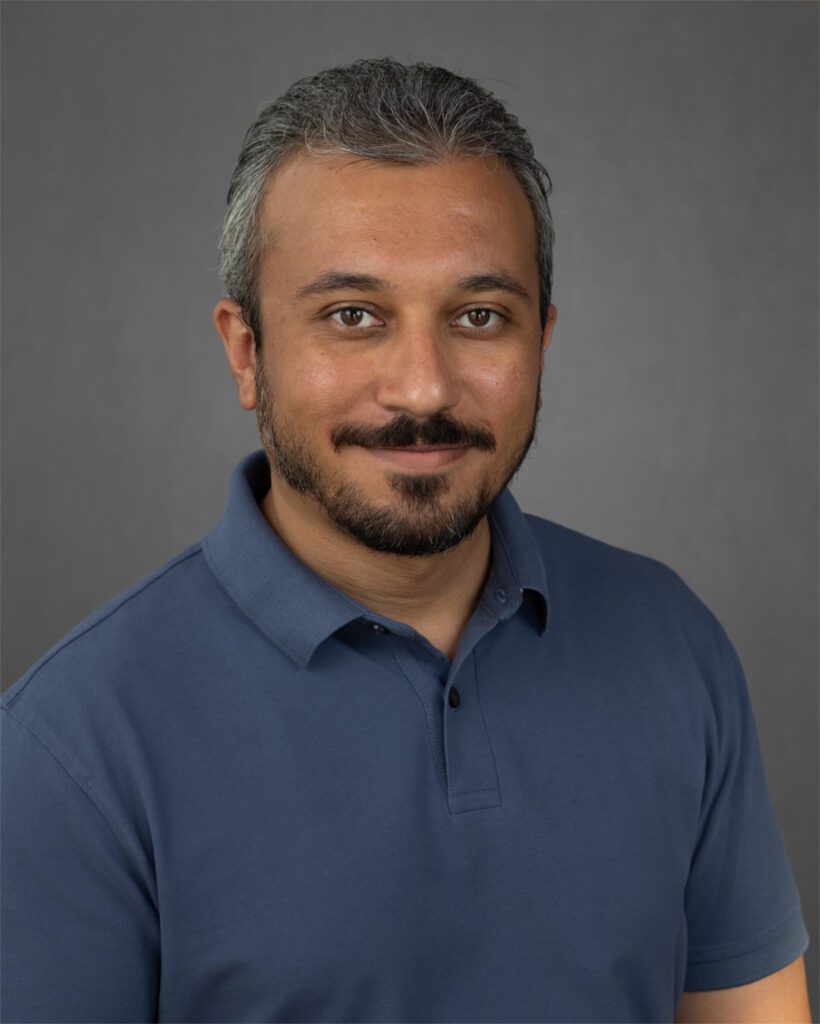by WAEL ELWAKIL, UF/IFAS EXTENSION HILLSBOROUGH COUNTY
Aerial imaging technology has revolutionized the world of agricultural research, from basic cameras with RGB sensors to advanced devices capable of measuring specific light wavelengths, such as NDVI, multispectral and hyperspectral sensors.
The applications of these sensing technologies are as diverse as the fields they serve. They empower us to monitor plant health and vigor, detect plant stresses, complement traditional field scouting for pest issues and evaluate the effectiveness of various nutritional treatments and pesticides. The potential is staggering.
However, despite their incredible potential, these sensors are still mostly confined to the realm of research. They have not yet been fully embraced by commercial agricultural production systems. There are several reasons for this, including the need for technical expertise, the daunting task of collecting and managing vast datasets, the substantial computing power required for data analysis and the challenge of translating images into actionable insights for decisionmakers.
One key factor slowing the adoption of these technologies is the fragmented development of the components of the system. For instance, while there are user-friendly options available, most sensors are developed by different manufacturers than those producing the unmanned air vehicles (commonly known as drones) used to carry these sensors. Additionally, there are numerous software solutions with varying levels of usability.
The good news is that this landscape is evolving rapidly. Hardware and software solutions are now being developed in an integrated manner to serve the needs of commercial agriculture.


There are already tools available that can greatly benefit commercial production systems by enhancing scouting and pest monitoring, optimizing irrigation and fertilization and ultimately boosting yields, while reducing input costs. These tools are no longer just about creating captivating images for observation; they’re about translating those images into practical information.
By combining aerial imaging with an effective analysis system, you can gain not only an improved perspective of plant health and potential plant stresses spread in the fields but also actionable data in the form of shapefiles. This data can be seamlessly integrated into your existing precision fertilizer and pesticide application systems. That information can also be plugged into a pesticide drone applicator to target hot spots of pest issues or reach inaccessible or hazardous areas.
The integration of these technologies is not about replacing existing practices; it’s about enhancing them. The potential for direct savings on fertilizer and pesticide, as well as the reduction in man hours spent on traditional methods, is substantial.
The Fruit and Vegetable program at UF/IFAS Extension Hillsborough County is actively collaborating with commercial growers and private industry service providers to identify areas where they can enhance existing systems and create sustainable business models.
Aerial imaging is not just about capturing cool pictures; it’s about harnessing a technology that has the potential to revolutionize agriculture. As hardware and software solutions continue to evolve the opportunities for improving agricultural practices are expanding. It’s time for commercial growers to explore how aerial imaging can benefit their operations and drive efficiency and sustainability.
Contact Elwakil at wael.elwakil@ufl.edu.

